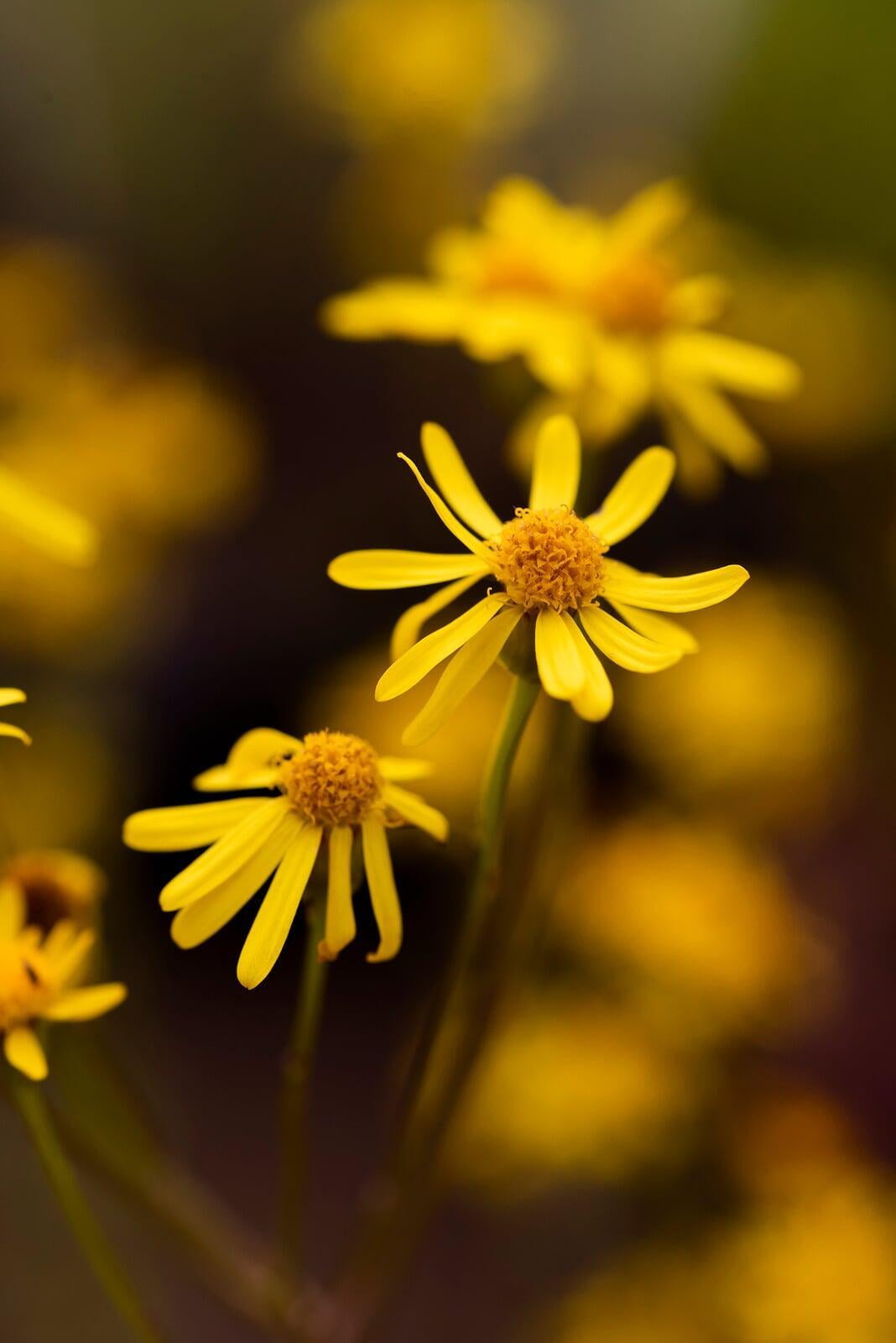Packera paupercula
Balsam ragwort Description:
Packera paupercula, commonly known as balsam ragwort or Appalachian ragwort, is a herbaceous perennial plant that belongs to the Asteraceae family. Balsam ragwort grows up to 18 inches tall and has basal leaves that are deeply lobed and toothed, while the stem leaves are less divided. The leaves are usually green on the top and pale green on the bottom, and they can be up to 12 cm long. The plant produces yellow flowers with 8 to 13 petals that are about 2 cm wide. The flowers bloom in clusters from late spring to early summer, attracting bees and other pollinators.
Balsam ragwort prefers moist, shaded environments such as stream banks, rocky slopes, and woodlands. It is also tolerant of dry soils and can be found in disturbed areas such as roadsides and clearings.
Packera paupercula is a popular wildflower that is appreciated for its yellow flowers and attractive foliage. Overall, balsam ragwort is an important part of the ecosystem, and provides valuable habitat for wildlife.
Native Range:
Balsam ragwort can be found growing across most of the United states with the exception of the Southwestern regions as well as Texas and Louisiana.
Standard Plant Information:
Plant Height: 6" - 18" inches
Bloom Time: May - August
Preferred Habitat: Does well in part shade to full sun and rocky loamy soil. Often found in moist prairies, wet woodland, and stream banks.
Sowing:
For most homeowners, the best option is to scatter seed on the ground by hand broadcasting at a minimum of 16-64 pls ounces per acre. For even coverage, we recommend that you broadcast seed in perpendicular rows across the site to ensure even coverage.
You’ll want to broadcast any grass seed first, which will get raked into the soil lightly. Next, it is ideal to mulch the area lightly with either a clean (no seed) straw or preferably with our native Little Bluestem straw, sold at our retail garden centers. After a light mulching is complete, now it’s time to broadcast your native wildflower seeds, which should not be raked into the soil. A good rain or watering is sufficient to cover the seed.
Planting:
Simply dig a hole in the soil slightly larger than the plant’s roots. Ensure that the soil line of the plant is maintained during the transfer (i.e. the plant should be at the same level with the ground as it was in the pot). Pack any loose dirt back around the plant and make sure you water it well the same day to ensure it has the best chance of survival.











